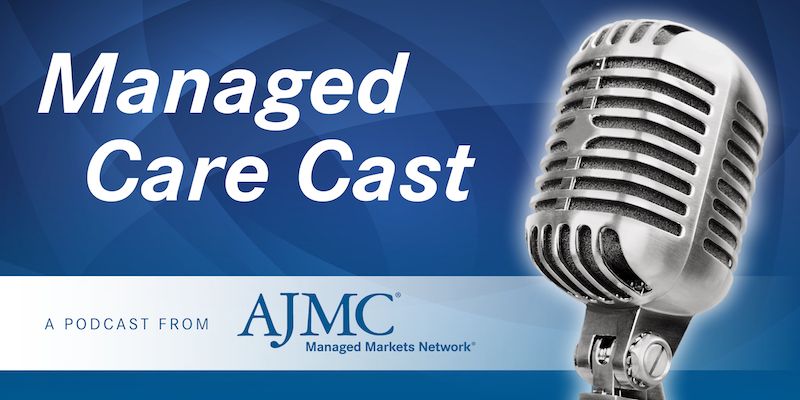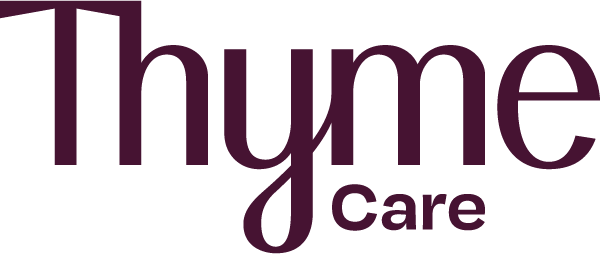Article
NAACOS Releases Survey Showing Concerns With MSSP Model
Author(s):
The National Association of Accountable Care Organizations (NAACOS) said Wednesday that a survey it conducted showed 71% of respondents indicated they are likely to leave the Medicare Shared Savings Program (MSSP) due to concerns over having to assume risk.
The National Association of Accountable Care Organizations (NAACOS) said Wednesday that a survey it conducted showed 71% of respondents indicated they are likely to leave the Medicare Shared Savings Program (MSSP) due to concerns over having to assume risk.
NAACOS said the web-based survey sought details about risk assumption and future participation plans for Track 1 ACOs. The web-based survey was conducted last month. Survey links were emailed to Track 1 ACOs entering their third agreement periods in 2019.
NAACOS said it specifically reached out to the 82 ACOs that began the MSSP in 2012 or 2013 and remain in Track 1 in 2018. These ACOs are required to move to a 2-sided model in their third agreement period beginning in 2019. NAACOS said 43% of the Track 1 ACOs responded to the survey. The goal of the survey was to better understand what these ACOs are planning in the face of these requirements and how they feel about risk.
“We are troubled by the results which illustrate NAACOS’s long-standing concerns about forcing ACOs into risk-based contracts,” the organization said in a statement.
NAACOS said it that while it encourages ACOs to move to risk and will support those ACOs that want to make the move, it does not support the government's current strategy of forcing ACOs to move if they don't feel ready to assume more risk.
“These results paint a bleak future of what will happen if the government keeps its mandate to push ACOs into risk,” said Clif Gaus, NAACOS’ president and chief executive officer, in a statement. “It’s naïve to think ACOs that aren’t ready will be forced into risk in what is ultimately a voluntary program. The more likely outcome will be that many ACOs quit the program, divest their care coordination resources and return to payment models that emphasize volume over value. This would be a real setback for Medicare payment reform efforts.”
The survey asked ACOs what they view as their top challenges/barriers to assuming risk. Almost 40% percent chose the following 3 answers as their top answers:
- The amount of risk is too great (39.4%)
- Concerns about unpredictable changes to the ACO model/CMS rules (39.4%)
- Desire for more reliable financial projections (39.4%)
More than 80% of Medicare ACOs remain in MSSP Track 1, meaning they do not assume downside risk if they do not lower growth in Medicare expenditures, and do not have to repay CMS if they go above spending targets.
NAACOS called for “more realistic levels of risk, provide greater predictability of rules and allow more reliable financial projections—ideally through greater use of prospective benchmarks which provide an upfront spending target for ACOs.”
The survey also asked ACOs if they were given an opportunity to continue in Track 1 for a third agreement period, how likely would they be to continue participating in Track 1.
Seventy-six percent of respondents said they would be “completely likely” or “very likely” to continue participating in Tier 1. NAACOS has called for CMS to allow ACOs that meet certain criteria related to lowering costs or improving quality or achieving high quality to be eligible to continue for a third agreement in Track 1, and detailed its concerns in a February 2018 letter to the agency.
NAACOS said ACOs are only just now beginning to see savings and progress and had a steep learning curve marked by changing program requirements. The organization said MSSP ACOs that earned shared savings in 2016 had a significant drop in inpatient hospital expenditures and utilization as well as decreased home health, skilled nursing facility, and imaging expenditures.
MSSP ACOs subject to pay-for-performance quality measures earned an average quality score of 95% in 2016, and ACOs participating over a longer period of time show greater improvement in financial performance, the organization said. It also said research shows that ACOs are reducing costs relative to their peers in strictly fee-for-service payment.





